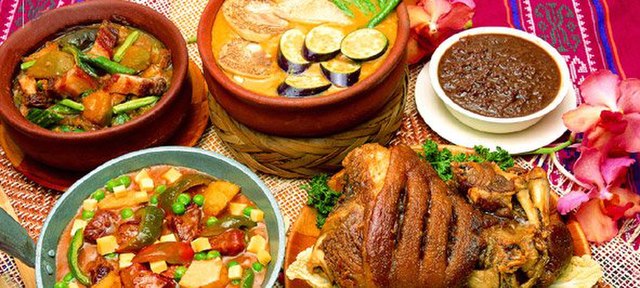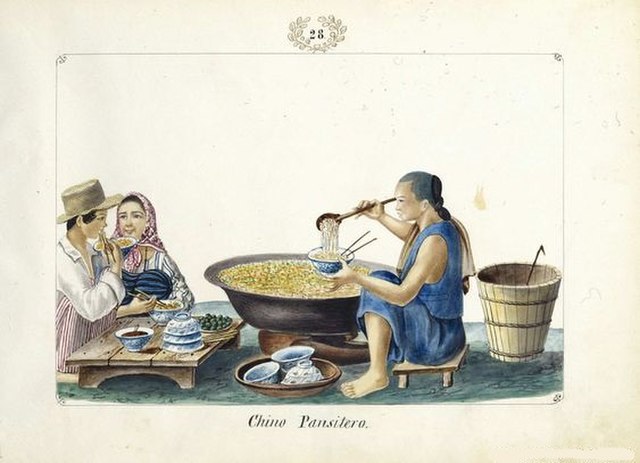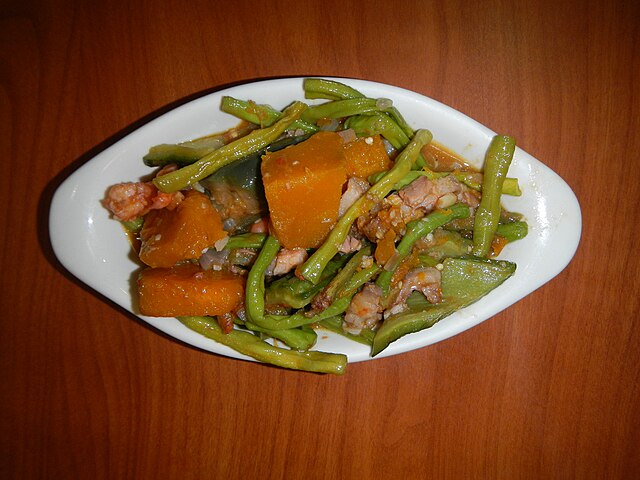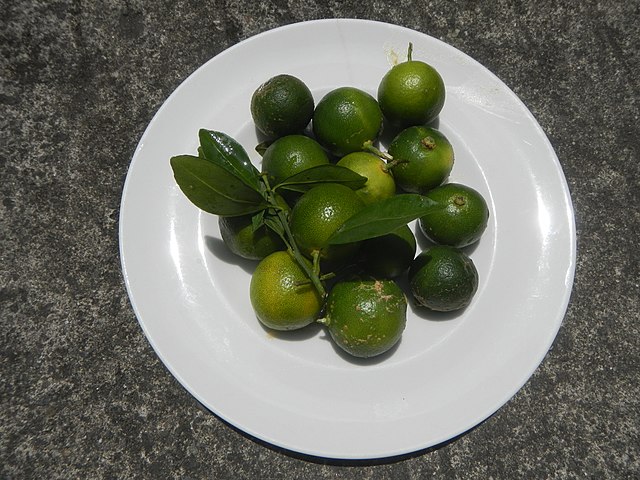Laing, is a Filipino dish of shredded or whole taro leaves with meat or seafood cooked in thick coconut milk spiced with labuyo chili, lemongrass, garlic, shallots, ginger, and shrimp paste. It originates from the Bicol Region, where it is known simply as pinangat. Laing is also a type of ginataan, and thus may also be referred to as ginataang laing. Laing is commonly eaten as a vegetable side to complement meat or fish side dishes known as ulam in Filipino, which is normally paired with boiled white rice.
Laing (food)
Inulukan, a variant that uses river crabs wrapped in whole taro leaves and cooked in coconut milk
Filipino cuisine is composed of the cuisines of more than a hundred distinct ethnolinguistic groups found throughout the Philippine archipelago. A majority of mainstream Filipino dishes that compose Filipino cuisine are from the food traditions of various ethnolinguistic groups and tribes of the archipelago, including the Ilocano, Pangasinan, Kapampangan, Tagalog, Bicolano, Visayan, Chavacano, and Maranao ethnolinguistic groups. The dishes associated with these groups evolved over the centuries from a largely indigenous base shared with maritime Southeast Asia with varied influences from Chinese, Spanish, and American cuisines, in line with the major waves of influence that had enriched the cultures of the archipelago, and adapted using indigenous ingredients to meet local preferences.
A variety of Filipino dishes
Chinese pancitero serving pancit
Pinakbet
Kalamansi






